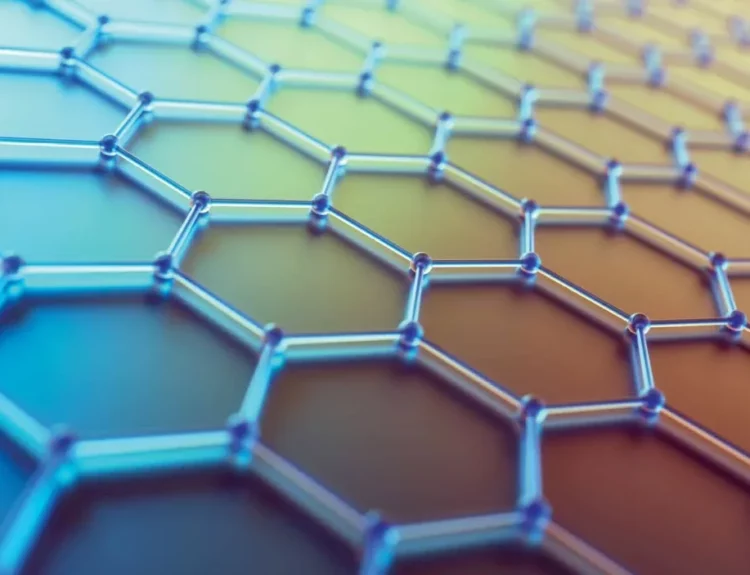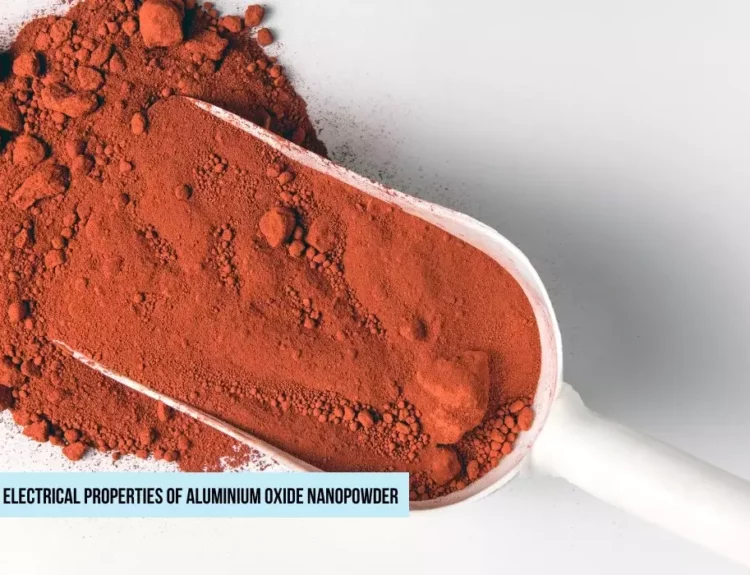Multi-walled carbon Nanotubes (MWCNTs) are tiny tube-shaped materials made of carbon atoms. Despite their small size, these advanced materials have incredible properties, such as high strength, excellent conductivity, and a large surface area. Researchers have discovered that MWCNTs can play a significant role in reducing environmental pollution. Let’s explore how they work and their potential to help the environment.
What Makes Multi-walled Carbon Nanotubes Special?
MWCNTs are a form of nanotechnology that consists of several layers of carbon tubes nested within each other. This structure gives them unique abilities, such as:
- High chemical reactivity.
- Ability to adsorb (capture) harmful substances.
- Strong mechanical and thermal properties.
These qualities make MWCNTs ideal for tackling various environmental problems.
Ways MWCNTs Help Reduce Pollution
Water Purification
- MWCNTs are highly effective at removing pollutants from water, such as heavy metals, organic dyes, and oil.
- They can adsorb harmful chemicals like arsenic and mercury, making contaminated water safe for drinking and irrigation.
- MWCNT-based filters can also eliminate bacteria and viruses, ensuring cleaner water supplies.
Best Multi Walled Carbon Nanotubes Manufacturer
Air Pollution Control
- MWCNTs can capture toxic gases like carbon monoxide (CO) and nitrogen oxides (NOx) from industrial emissions.
- They are used in advanced air filters to trap fine particles and pollutants from the air, reducing respiratory health risks.
Soil Remediation
- MWCNTs can bind with harmful chemicals in the soil, such as pesticides and hydrocarbons, preventing them from spreading.
- They also aid in breaking down these contaminants, making the soil safer for plants and animals.
Energy Storage for Cleaner Alternatives
- MWCNTs are used in batteries and supercapacitors, improving their efficiency and longevity.
- Better energy storage solutions encourage using renewable energy, like solar and wind, reducing reliance on fossil fuels.
Reducing Industrial Waste
- MWCNTs are used in manufacturing processes to minimize waste production.
- They can help recycle materials, turning industrial byproducts into valuable resources.
Oil Spill Cleanup
- MWCNTs are highly effective at absorbing oil from water.
- They are lightweight and reusable, making them a sustainable option for cleaning up oil spills in oceans and rivers.
Advantages of Using MWCNTs for Pollution Control
- Highly Efficient: MWCNTs can remove pollutants more effectively than traditional methods.
- Environmentally Friendly: MWCNT reduces the need for harsh chemicals in cleaning processes.
- Reusable: MWCNTs can often be recycled and reused, making them cost-effective and sustainable.
Challenges and Future Prospects
While MWCNTs have immense potential, there are some challenges:
- Production Cost: Manufacturing MWCNTs is expensive, though advances are being made to lower costs.
- Environmental Risks: Careful handling is needed to ensure that MWCNTs don’t become pollutants.
With ongoing research, scientists are finding ways to make MWCNTs safer, cheaper, and more widely available. Their role in reducing pollution will grow significantly in the coming years.
Conclusion
Multi-walled carbon Nanotubes (MWCNTs) are a promising tool in the fight against environmental pollution. From cleaning water and air to supporting renewable energy, MWCNTs offer innovative solutions to some of the world’s most pressing environmental problems.
As technology advances, MWCNTs could be in creating a cleaner, healthier planet for future generations.







